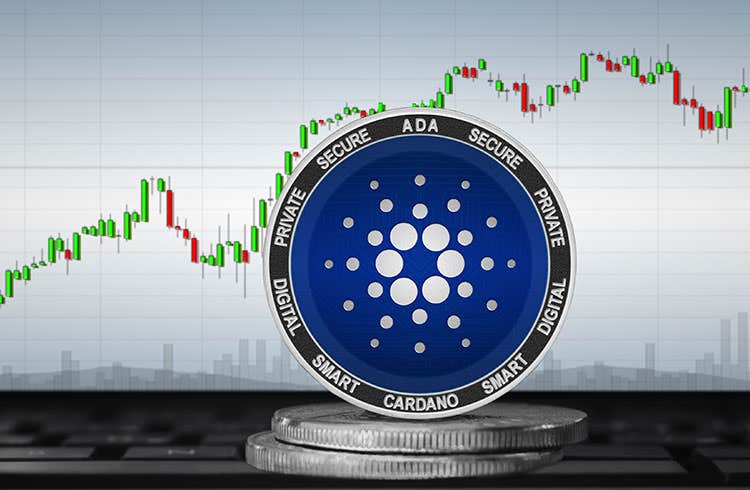Table of Contents
As stable as corporate earnings in the euro zone have been so far, the macro situation could not be worse. Waiting for the recession, a slump in corporate profits, is omnipresent. Expect the worst and, ideally, be positively surprised is the motto, which you can currently get a lot out of.
Asset prices, inflation and the key interest rate are not the only things that provide information about the situation. It is above all the euro-US dollar parity that serves as an indicator of the state of the euro zone. The result is devastating. A year ago, in July 2021, you got the equivalent of 1.20 US dollars for one euro. Now you only get one 1:1 exchange ratio. In just a few months, the euro, the “second largest” currency after the US dollar, has been de-confident.
Euro: How did the loss of trust come about?
Of course, there isn’t ONE reason that affects exchange rates. However, the following points are likely to have had a greater impact on the weakness of the euro and the strength of the dollar:
- Europe is more dependent on Russian energy than the US, so the risk of an escalation is correspondingly greater.
- The European Central Bank is reacting more hesitantly to rising inflation than the US Federal Reserve; Generally lower key interest rate level as the European economy is less resilient.
- The USA can implement (political) measures more consistently than the eurozone community.
- Divergence between the euro members: It is becoming more and more difficult to “reconcile” debt and economic performance or to reflect this with a common external value of the common currency.
- In times of great uncertainty, the world’s leading currency, the US dollar, benefits more than the euro.
Foreign currency euro
In addition to the points listed, there is another difficulty: the euro is a kind of foreign currency for the euro members themselves. Since the money monopoly does not lie with the national state, but with the supranational institution ECB, Germany, Italy, France and Co. cannot simply print money when they need it.
This is a special feature. Normally, a state cannot “go bankrupt” because it can instruct the central bank – alleged central bank independence or not – to print its own currency indefinitely. However, the euro member countries do not have this privilege.
As long as the ECB keeps interest rates low and buys government bonds, especially Italian government bonds, that is not a problem. In this case, the debt service does not pose a threat to the state budget and fresh liquidity is ensured. According to the ECB, that is exactly what should be over now. Due to the high inflation, she too would like to refrain from buying up the bonds of the euro member states, while at the same time raising the key interest rates.
European Central Bank: The unresolved dilemma
The question that now arises: What happens when highly indebted countries like Italy slip into recession and can no longer service their debts or service their expenses?
There are basically only two options: the ECB changes course and buys government bonds again, or the country in question has to leave the monetary union, devalue it and reintroduce its own currency. It is precisely this euro-specific problem that is likely to contribute to the fact that the euro is as weak against the US dollar as it was shortly after its introduction.
US dollar and BTC: what does this mean for investors?
Anyone who has always found it annoying to convert between US dollars and euros can now rejoice. A BTC worth $22,000 is also worth $22,000 — handy. However, the relative appreciation of American assets is likely to be far more important than this convenience. Anyone who owns assets denominated in US dollars can look forward to currency gains, and vice versa.
For example, owners of stablecoins, which in most cases are based on the US dollar, can count themselves lucky with their virtual foreign currency account. A stronger US dollar also leads to an increase in US stocks in the portfolio. Anyone who owns US shares can look forward to a currency-induced price increase of around 14 percent since the beginning of the year. The downside is that this principle also works in the other direction.
So those who are not overly optimistic about the future of the euro can benefit from moving into non-euro denominated assets. Theoretically, cryptocurrencies such as BTC can also help to compensate for such euro currency losses.
Similarities between the cryptocurrency liquidity crisis and the 2008 crisis
- Fidelity: 2025 will be the year of global Bitcoin adoption - January 14, 2025
- Ethereum: Inflation continues, but bulls continue to target $20,000 - January 14, 2025
- Bitcoin reserves on exchanges at their lowest level in 7 years: What does this mean for the Bitcoin price? - January 14, 2025





















![Best Platforms for Copy Trading in [current_date format=Y] 23 Best Platforms for Copy Trading](https://cryptheory.org/wp-content/uploads/2024/12/copy-trading-120x86.jpg)


